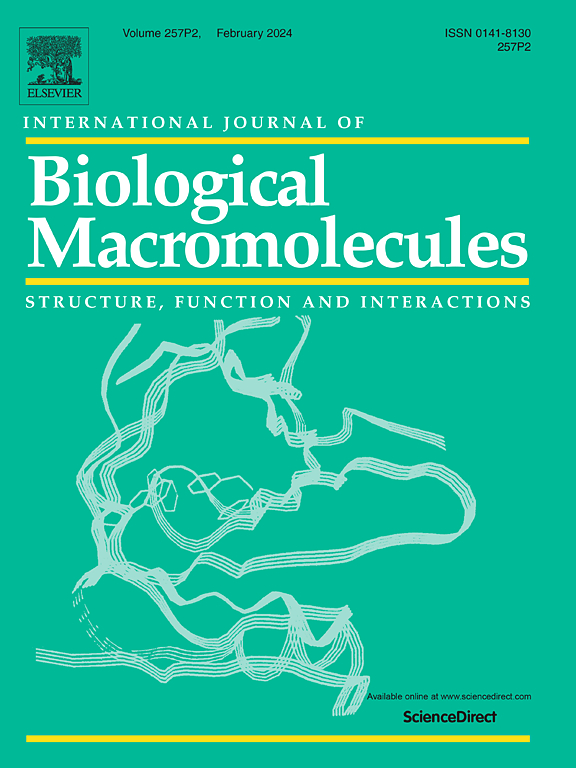Investigating the stability of chimeric murine polyomavirus VP1 Capsomeres via molecular dynamics simulations and experimental analysis
Abstract
The development of modular virus-like particle (VLP) vaccine platforms with genetically inserted antigens in viral structural proteins shows great promise for advancing vaccine technology. However, the instability of many constructs leads to trial-and-error approaches, and the challenge of predicting stability based solely on amino acid sequences remains unresolved, yet highly appealing. This study evaluates the stability of wild-type murine polyomavirus (MPV) VP1 capsomeres and three engineered chimeric variants using molecular dynamics (MD) simulations and laboratory experiments. MD simulations, based on AlphaFold2 predictions and up-to-date all-atom force fields, accurately predicted the thermal stability and hydrophobicity of VP1-based capsomeres. Thermodynamic analysis revealed that binding energies from simulations reliably indicate thermal stability. Experiments and simulation results showed that inserts influence the stability of capsomeres differently, with larger insertions generally having a greater impact on the structures of capsomeres. This leads to increased intra-subunit distances and a higher proportion of flexible regions in the capsomere chassis. Capsomeres with less compact structures were found to have lower thermal stability. Specifically, the thermal transitional temperature (Tm) of the wild-type capsomeres was 46.9?°C, while the Tm values of the three chimeric derivatives were 42.0?°C, 38.8?°C, and 37.7?°C, reflecting a correlation between decreased thermal stability and reduced structural compactness. This research presents a robust approach for predicting the stability of novel VLP constructs based on amino acid sequences, potentially enhancing vaccine design by reducing failures, and suggests a shift towards minimal epitope insertions for improved stability.





